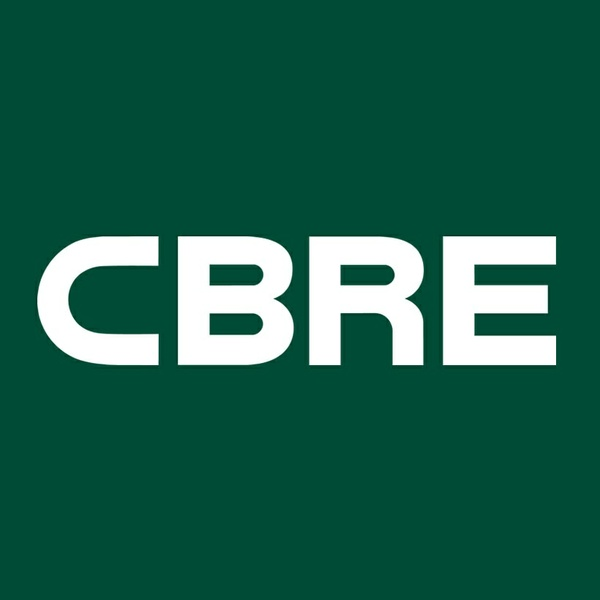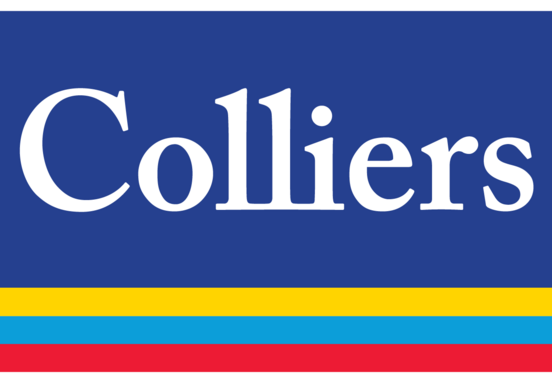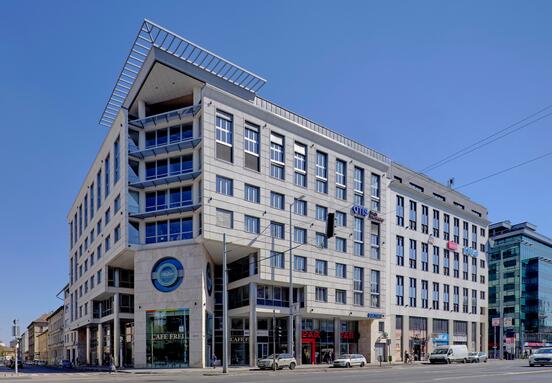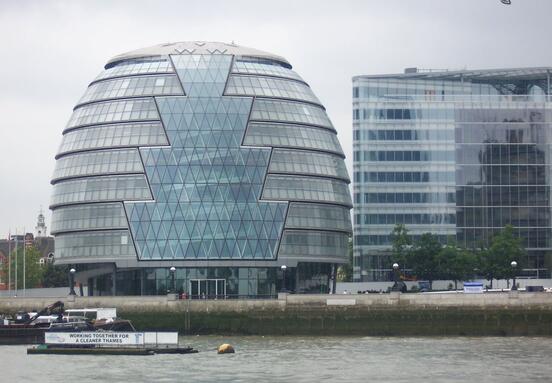CBRE analysed a range of ‘good secondary shopping centres’ across Europe to identify the most important factors that contribute to a centre’s success. In Hungary premium plazas are Arena, Árkád, Mammut and Westend, secondary shopping centres’ category contains Pólus, regional Árkád Centers, Alba Plaza in Székesfehérvár and Malom in Kecskemét.
The research reveals that the quality of tenant mix is by far the most important factor ahead of good car access/parking and the ability to draw from a substantial catchment.
Most Important Structural Factors Contributing to the Success of the Shopping Centre
- Tenant mix
- Car access/Parking
- Catchment size
- Location (How Prime)
- Level of Competition
Tenant mix, and the presence of ‘high profile’ retailers, is the main reason why consumers shop in a particular location. Managers identified the three most sought-after retailers in their shopping centres – those that generate the biggest footfall. Regardless of size or standing in the retail hierarchy, each centre boasts key ‘anchors’ such as Zara, Primark or H&M. This demonstrates that many ‘high profile’ retailers have wide ranging store portfolios that include both prime and secondary locations.
Good car access and parking provision is rated highly by managers regardless of the size of the shopping centre or its location. This confirms the findings of CBRE’s recent report - How We Shop: Inside the Minds of Europe’s Consumer – that reveals shoppers’ strong preference for using their cars for both food and fashion shopping.
“It is clear that one size does not fit all - good secondary shopping centres can be large or small and operate in neighbourhood, district and regional locations. What does unite them is the ability to either dominate their catchment or capture sufficient spend from this catchment. To achieve this, a strong tenant mix is vital and needs to be appropriate for the size of the scheme and demographic profile of the area. Good car parking and access is also important, while cleanliness and security are considered a given by consumers - they must be done well”, Albert Hoogland, Executive Director, Shopping Centre Management at CBRE, commented
“Now that there are no new shopping centres in the pipeline for Hungary and the investment market for such properties does not show much activity, owners are devoting more time and money on improving the older so-called secondary shopping centres to improve their appeal to new tenants and shoppers alike. A prime example of such a repositioning to create a good secondary shopping centre in Budapest is the major shift to upscale shopping experience that has been achieved by the owner and management of MOM shopping centre with new tenants including the most upscale SPAR in Hungary, Michael Kors, French Connection, Guess. More recently the new owners of the Polus Shopping Center have undertaken a turn-around of this first generation centre, starting with completely redesigning the food-court and common areas, refreshing the TESCO food anchor – which was one of the first to open in Hungary, and bringing in new retail brands such as New Yorker, TAKKO and CCC and many more to come. These updated older centres often better service the shoppers in their immediate catchment neighbourhoods and offer a convenient alternative to the much more crowded prime shopping centres in the city”, Anita Csörgő Head of Retail at CBRE Hungary added.
Source: CBRE








